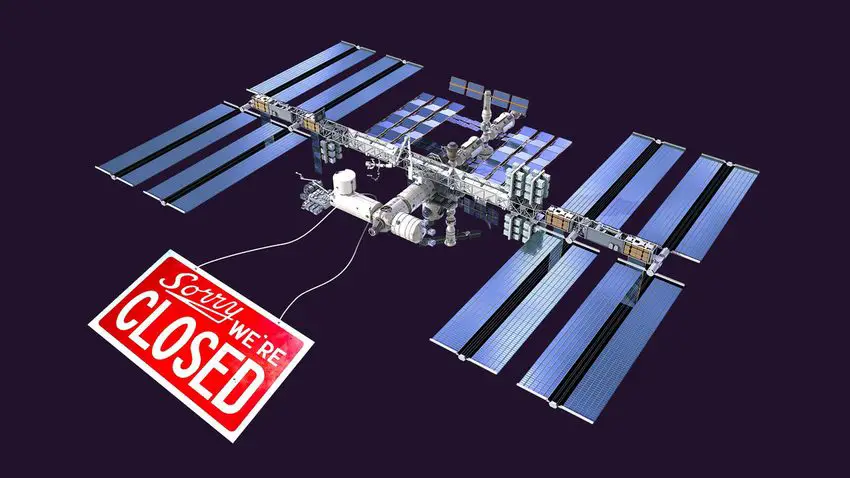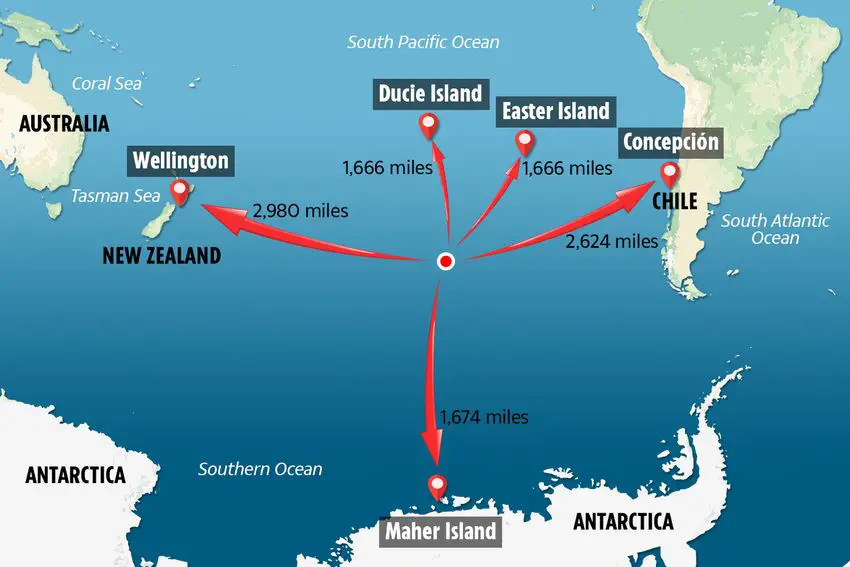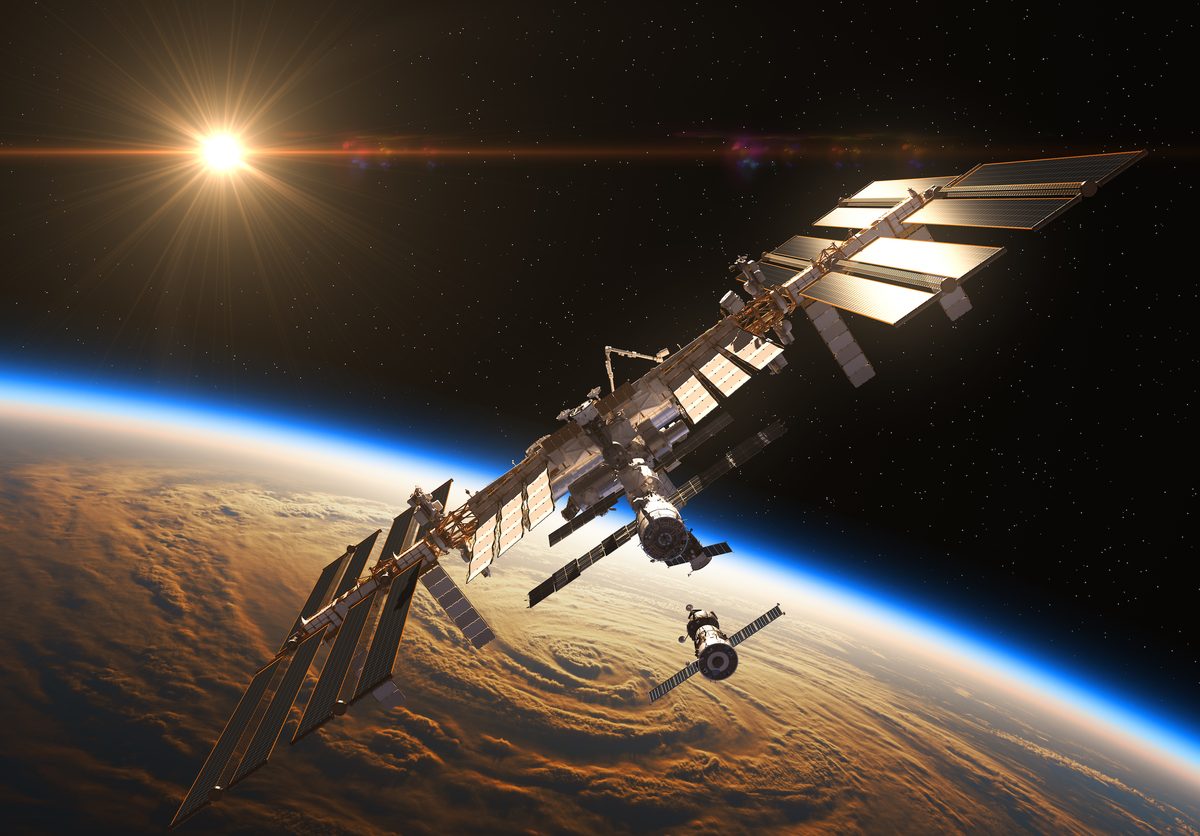ISS 2031 plan refers to the retirement of the International Space Station. The NASA plan is to intentionally crash the International Space Station into the ocean by 2031. The International Space Station has been in orbit around Earth for 23 years, and NASA plans to keep it flying until 2030. The ISS will be sunk in a saline condition in the Pacific Ocean after its retirement, according to a report published by NASA this week.
ISS 2031: How will NASA destroy the International Space Station?
The International Space Station (ISS) will be decommissioned at some point in the future, with commercial space stations taking its place. Last year, three businesses were chosen to receive government funding for the creation of low-Earth orbit stations. NASA will transition from being a customer to a client of commercial providers as those stations are constructed. The International Space Station will continue to be a research hotspot until its retirement, despite the fact that it has now exceeded 30 years in orbit.

“This third decade is one of results, building on our successful global partnership to verify exploration and human research technologies to support deep space exploration, continue to return medical and environmental benefits to humanity, and lay the groundwork for a commercial future in low-Earth orbit… We look forward to maximizing these returns from the space station through 2030 while planning for transition to commercial space destinations that will follow.”
-Robyn Gatens, director of the ISS at NASA, in a statement
When it’s time to descend, NASA will rely on the ISS’s thrusters and other craft to lower its altitude. It will take about a year to descend according to predictions, at which point operators will provide it one more push and send it plummeting into the atmosphere.
Where is spacecraft cemetery Point Nemo?
The ISS is too large to entirely burn up on re-entry, and NASA doesn’t want another Skylab disaster, with debris scattering across Australia. The agency aims to carefully guide the ISS’s debris on a course for Point Nemo, an area of the South Pacific Ocean that is the farthest from any land.

The “spacecraft cemetery” known as Point Nemo is so named because much space junk has been sent there to avoid hitting inhabited areas.





